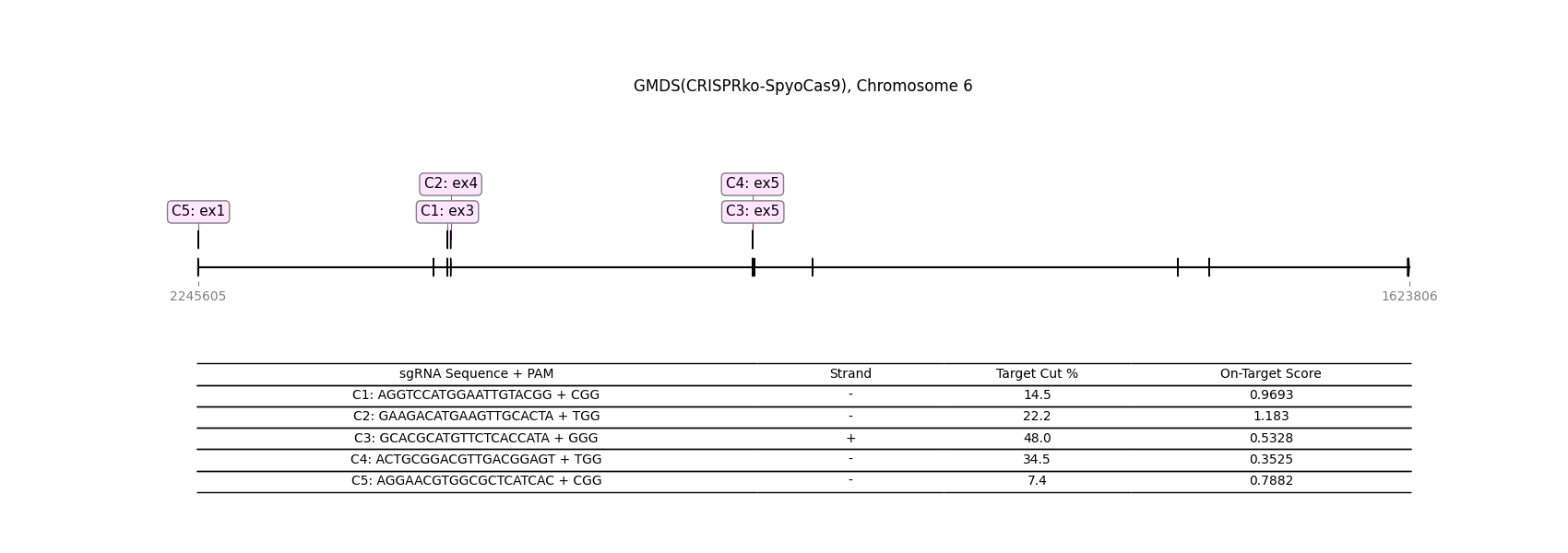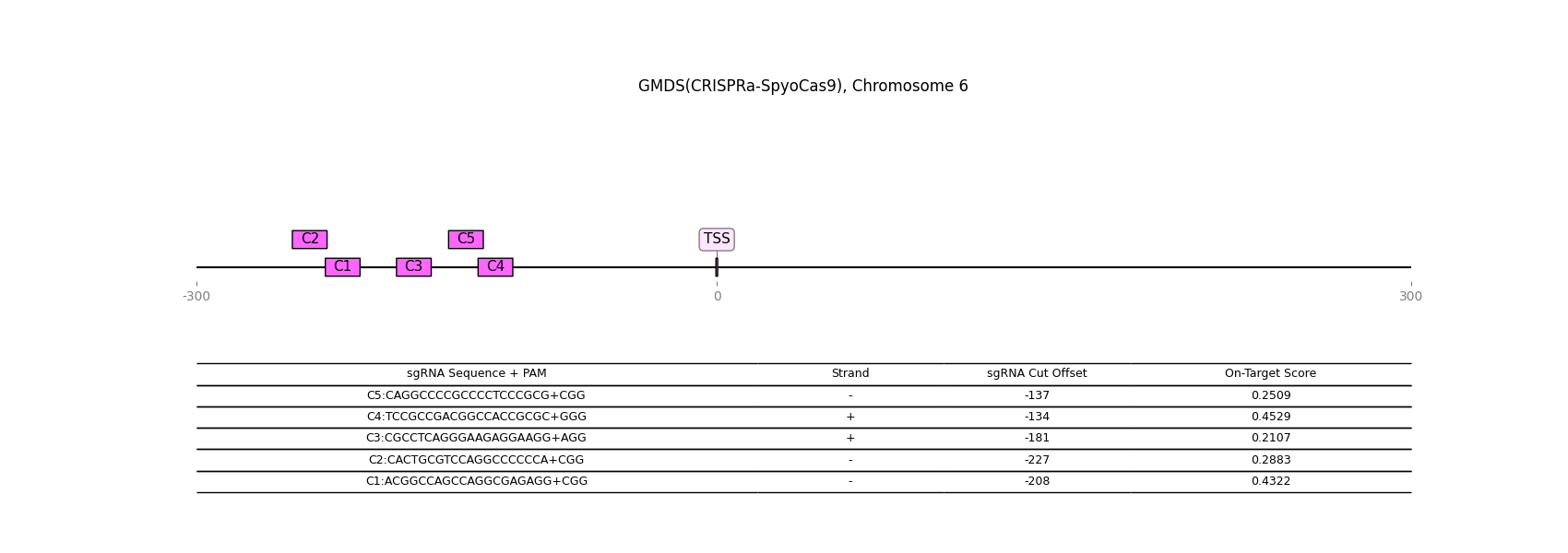Gene Details: GMDS
1 / 1
General Information
Gene Name: GMDS (GDP-mannose 4,6 dehydratase)
Synonym:
Short Names:
Alternative Names: GDP-D-mannose dehydratase;
Notes:
- Catalyzes the conversion of GDP-D-mannose to GDP-4-dehydro-6-deoxy-D-mannose.
- Intermediate enzyme for mannose metabolism for sugar nucleotide synthesis.
Description from Dr.Glyco-GPT:
Warning: LLMs can generate factually incorrect information, as they simply predict the next word based on training data. Always verify LLM output by cross-checking with reliable sources!
Catalytic Activity

Reaction and Disease Links
EC # (IUBMB):
4.2.1.47
Brenda:
4.2.1.47
OMIM:
602884
KEGG: 2762
Rhea:
23820
Reactome :
R-HSA-6787639
Transcript levels (Cell lines and Single cell data) URL
CRISPR-knockout

CRISPR-activation

CRISPR-inactivation

Transcription factor-gene relationship (details at glycoTF page)
Top 10 TFs
| TF | Score |
|---|---|
| TCF25 | 0.587204 |
| SSU72 | 0.573885 |
| UBE2I | 0.563038 |
| SON | 0.556336 |
| YY1 | 0.552964 |
| NCOR1 | 0.550356 |
| RBM39 | 0.550010 |
| SNRNP70 | 0.542649 |
| XRCC5 | 0.542581 |
| HNRNPK | 0.541298 |
Licensing: CC BY 4.0. You are fee to copy, redistribute, remix, transform and build upon all material, except for textbook figures from the Essentials.